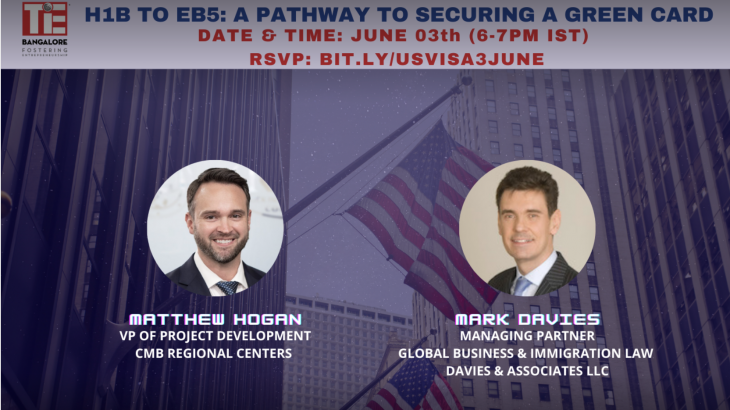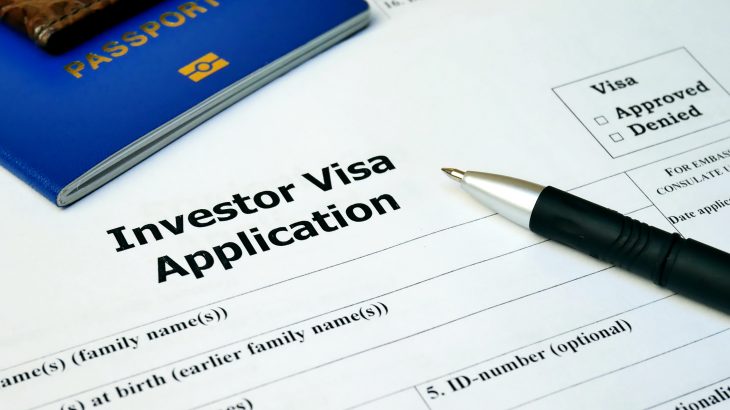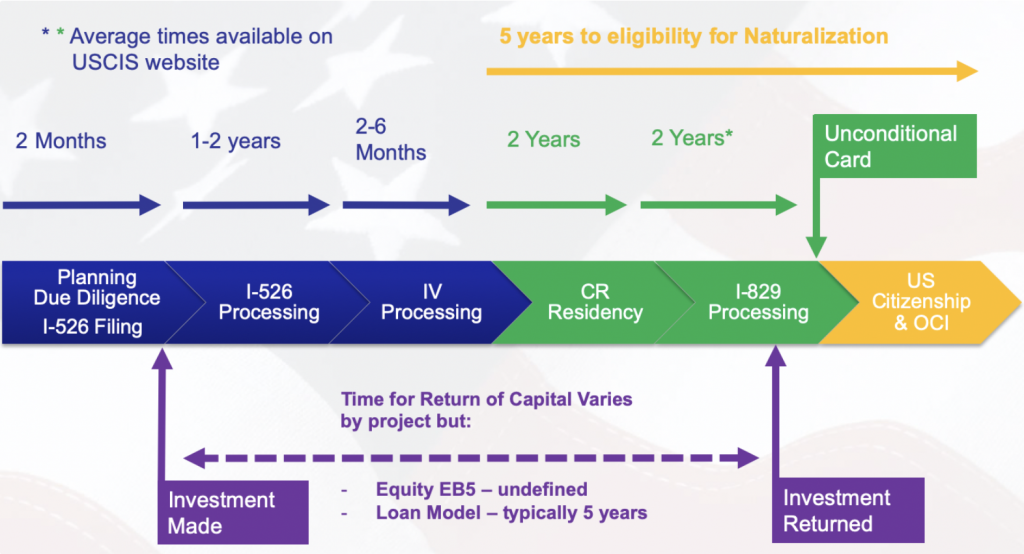Why are an increasing number of people are looking to the EB-5 Investor Visa after or instead of the H-1B Visa?
Next week our Managing Partner Mark Davies is leading a webinar on the subject of H-1B to EB-5. It will be worth listening in as industry experts will be explaining the relative merits of the two visa categories and how to transition between them. It will be of interest to anyone already in the United States on H-1B and anyone considering an H-1B application in future.
Sign up for the webinar by clicking here.
The future of H-1B
The H-1B visa has been under increasing scrutiny for some years now. The H-1B visa had its heyday during the dotcom boom of the early 2000s – with many tech workers moving to the United States in pursuit of good jobs and a bright future. But since then, the H-1B visa has faced a mounting image problem caused by instances of fraud and the perception that H-1B adversely affects the American workforce.
Both main political parties have overseen some form of restriction on H-1B. This process culminated in President Trump suspending the H-1B visa from June last year. Ostensibly this was because of Covid-19, but Trump never shied away from his declaring his opposition before the pandemic began.
President Biden has promised to target more highly skilled STEM graduates in the same breath as saying there is a need to protect American workers first. It is unclear how he will choose to balance these two often-competing aims – much will depend on the economic recovery from Covid – but a telltale sign came when Biden pointedly did not overturn Trump’s suspension of the H-1B Visa (preferring to let it lapse naturally at the end of March 2021).
The Future of EB-5
The future looks bright for the EB-5 Program if it gets through the June 2021 Regional Center reauthorization process as expected. The program brings in millions of dollars and creates hundreds of thousands of jobs at no cost to the taxpayer. So it comes as no surprise that the EB-5 program garners bipartisan support.
Direct EB-5 – where the investor makes and manages the investment themselves – is not up for reauthorization and will continue regardless of what happens in Congress next month. The majority of investors, usually upwards of 90%, opt to invest under the Regional Center program because of challenges with compliance. Each EB-5 investment needs to create and sustain ten American jobs, which can be tricky for a new business. Unlike direct EB-5 investors, Regional Centers are able to count “indirect jobs” and tend to use the funds for job-hungry projects like hotel builds.
Nevertheless, it is vital to do due diligence on the Regional Center and its project to identify any risks to your Green Card or the return of your capital. With background in both real estate and immigration law, our managing partner Mark Davies is able to assist clients with due diligence on their chosen project.
H-1B Visa India
While H-1B recipients come from all over the world, there is no denying that Indians are the overwhelming beneficiaries. Around three quarters of all H-1B visa holders are from India. It is for this reason that our upcoming webinar is being hosted by TiE Bangalore. TiE Global fosters entrepreneurship around the world and the Bangalore chapter is particularly active in this regard. Nevertheless, the information in the webinar will be relevant to people from all over the world.
H-1B Visa and EB-5 Visa Calendars
The H-1B visa lottery opens to applicants in April each year and places fill up very fast. Anyone who is unsuccessful needs to wait another year before applying. The EB-5 Investor Visa has no such calendar and applications are open throughout the year. There are just over 700 EB-5 visas available to each country each year. Very few countries come close to this limit, but a tiny minority of countries exceed it. When this happens, a calendar does come into play for EB-5. The visa year resets in October at which point the next tranche of circa 700 visas become available – but other factors also influence timings, e.g. processing efficiency at the US Citizenship and Immigration Services (USCIS). Currently only citizens of China and Vietnam face EB-5 delays, but demand has skyrocketed in India in recent years and the number of visa issuances often gets close to or just passes the annual cap.
H-1B, EB-5 and Time Limits
The H-1B visa is valid for up to six years at which point a person has to find an alternative visa solution or return home. The natural next step is often the EB-3 Visa: Permanent Residency for Highly Skilled Migrants, but for citizens of India and China there are delays to the EB-3 route because demand has been so high for so long.
In fact for Indians EB-3 delays are extremely long – the authorities are currently just getting around to applications submitted by Indians in 2011! This is one of the reasons why the EB-5 Investor Visa is emerging as an attractive alternative for many H-1B visa holders. EB-5 currently has no wait list for Indians, although the release of pent up demand after Covid could change this. So interested EB-5 applicants from India should apply as soon as possible. EB-5 offers permanent residency (Green Card) for a $900,000 investment per qualifying family unit. This means that unlike H-1B you can stay in America forever provided you do not do anything to jeopardize your status. Green Card holders can convert to citizenship provided physical presence conditions are met.
H-1B, EB-5 and Work
With the H-1B visa, applicants are tied to their employer and it is difficult (but not impossible) to change jobs. This puts the employee at a relative disadvantage when it comes to salary and other negotiations with an employer. It also means that the H-1B holder would have to return home if they lose their job and cannot find another. The EB-5 Visa offers a Green Card and with it the complete freedom to work anywhere in the United States (or not to work). It is possible to be retired, a student or unemployed. There is no connection between your employment status and your immigration status under the EB-5 Visa Program.
H-1B to EB-5 the Process
Our attorneys can guide you through the application process. If you are switching from H-1B to EB-5 you need to go through an adjustment of status and file Form I-485. There are some benefits to this over other EB-5 applicants as you may be granted employment rights in the US while you are waiting for the USCIS to process your application provided you apply for an Employment Authorization Document (EAD). Anyone outside the US considering EB-5 Visa as an alternative to the H-1B visa needs to enlist an attorney to prepare and submit an I-526 form. Either way, every EB-5 visa applicant must be able to document the source of the funds used to pay for your investment and prove that they came from legitimate sources. Contact our team to arrange a free consultation.
Read more about the EB-5 Investor Visa Program
Sign up for the webinar by clicking here.
This article is published for clients, friends and other interested visitors for information purposes only. The contents of the article do not constitute legal advice and do not necessarily reflect the opinions of Davies & Associates or any of its attorneys, staff or clients. External links are not an endorsement of the content.































